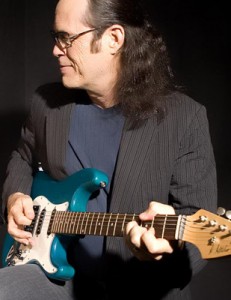Songwriting uses the chord progression as the setting for the song, kind of like the set and scenery in a play. Just like the actors move and speak and have their being upon the stage, set, and scenery, so do the words and melody dance on that very stage that is created by the progression of chords. If you have a deep understanding of how the lyrics, the melody, and the chords interact, and you can select the chords to elicit the same mood that the words are depicting and the melody conveys, then you have a great shot at creating a powerful song.
If you’re very observant, you will notice that a whole lot of songs use very similar if not identical progressions. That similarity is what allows the songs to lock into their genre and styles and be seen as in the pocket of the style they are competing in. Some progressions have a harder edge and are perfect for hard rock, metal, and strong blues. Others are way more relaxed and support strong, singable melodies, and as a result, are more pop and light rock sounding, even folky sometimes, although that depends more on the arrangement than the song itself.
We have cycled through the use and borderline overuse of several main progressions over the years. The I-vi-IV-V progression was everywhere in the 1950s and 60s. In addition there were hundreds, maybe thousands of songs written to the I-IV-V-IV progression , like Twist And Shout, La Bamba, Good Lovin’, Hang On Sloopy, Summer Nights (from Grease), Louie, Louie (with a modified V chord making it minor), and a whole lot more. I’ve included a video here by the Axis of Awesome demonstrating the current popularity of the I-V-vi-IV progression in today’s music. There’s a little bit of swearing, but it makes the point really well about how many songs can very creatively use the same progression, and yet sound completely original.
In the next post I will give you some great exercises to work with to get your juices flowing around the use of chord progressions.
And remember, if you’re looking for a coach to help you get your songwriting where you want it to be, we recommend My Songwriting Coach.

